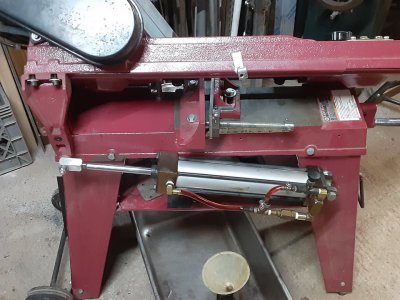Although I am more familiar with the stainless fittings used for "impulse lines", many of the connectors appear the same in brass. Many are "compression" fittings that have a soft collar over the tubing that is compressed by the retainer nut. As a rule, flare fittings do not have the joint sealing capacity of compression fittings. The compression collars are for one time use. Like a flare, they must be cut off and refitted for reuse. Of course, an 'am damateur' can adapt most anything to suit a given situation. There are nylon(?) compression rings for low pressure applications. Personally, I won't use them, but that is a personal, not professional, attitude.
[There are some fittings that are for use with plastic tubing. There is an 'end cap' that has an inside sleeve as well as the outside compression attachment. I don't know the proper name for this adaptor, just know what it is for when I see it.]
"Impulse lines" is used to describe air, water, and other lines that are used in measuring flow and/or pressure. And some other stuff that would take a chapter to describe. Normally, the lines are rigid and measured by outside diameter. ie. 1/4 inch line is 0.250 outside and approcimately 3/16 inside. Basically the same as soft copper tubing. Flow is measured by "differential pressure" across an orifice of calibrated size. The difference in the pressure from input side and discharge side is a linear representation of flow. The orifice calibration is different for liquids and gasses, but linear none the less.
I have a fair stash of stainless fittings that are for use as fuel lines for a truck rebuilding project. Brass and copper are recommended against for use on hydraulic lines. Brake lines are a good example. And of course, all such connections should be made on clean tubing.
.

